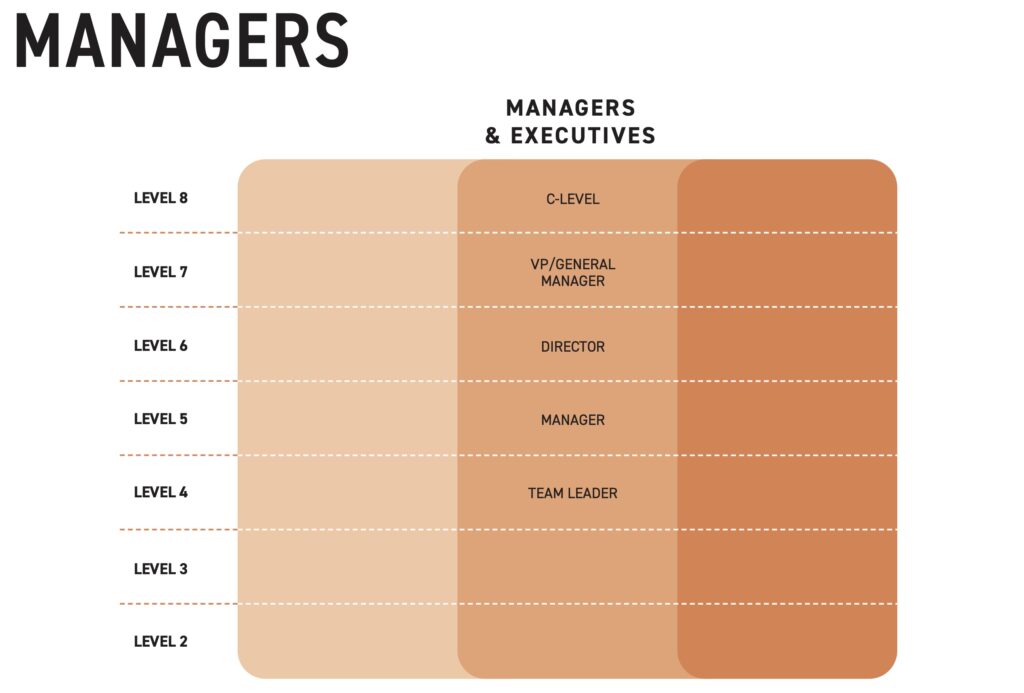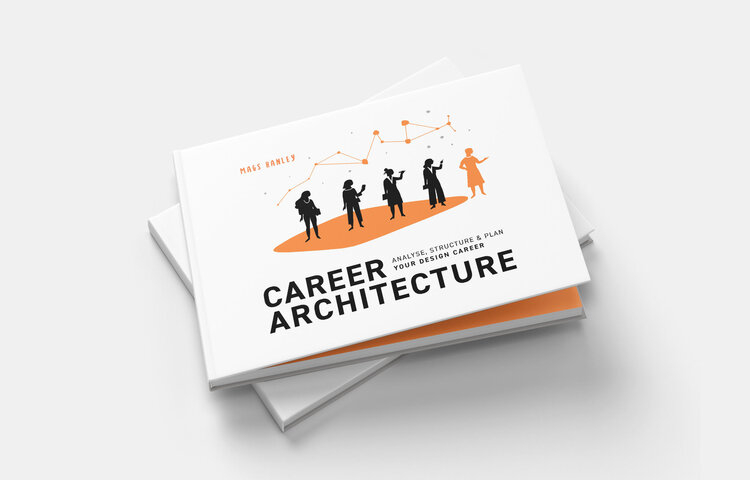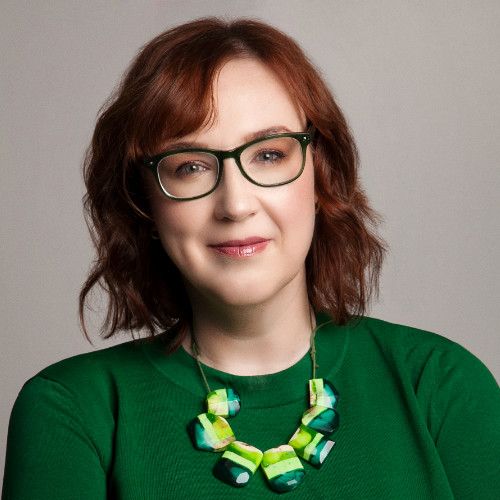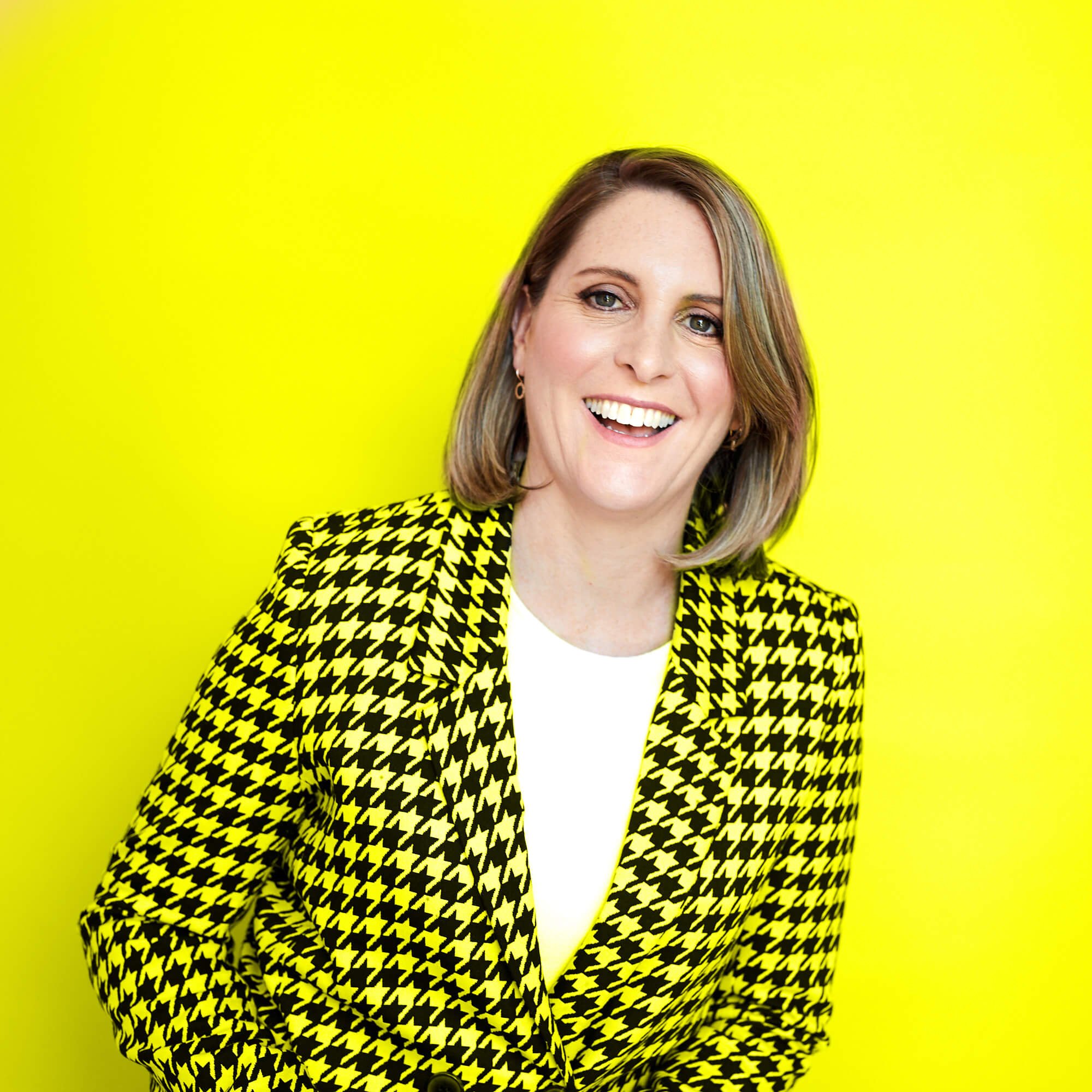The guide below is an excerpt from Mags Hanley's new book: Career Architecture – analyse, structure, and plan your design career which she is very generously sharing with us.
There are three primary career paths for Designers:
- Practitioners or Individual Contributors
- Managers and Executives
- Consultants
Practitioners use their design skills to craft experiences, digital products, and strategies. They usually work in organisations where they design products.
Managers and Executives focus on managing their team, developing their skills and practice, and ensuring that the deliverables created by the Design team, support, contribute and lead the organisation’s goals.
Consultants are designers who bring their skills to the marketplace, providing expertise when needed to organisations and individuals.
Moving up is the usual way of career progression, but it is not the only path. Many designers move up, down and across depending on their skills and education, life circumstances and experience.
There is also a fourth option – finding work that uses your skills outside of design. Designers can become product managers, teachers, coaches and mentors, digital strategists, and Chiefs of Staff.
As part of your journey, be prepared to open up all options, not just the one above you. There is more richness available within your design career than moving up the ladder if you are doing work that you enjoy and your contributions are valued.


Streams
There are three streams within this career path:
- Practitioners are generalists focusing on the whole design process.
- Operations are responsible for putting processes and procedures into practice, including design systems.
- Specialists focus on one area of design such as research, interaction design, service design or customer experience.
Levels
- A junior designer is learning their craft, with very little experience, creating designs under the guidance of a senior.
- A designer can do their work with little review. Their focus is continuing to build their skills.
- A senior designer is responsible for their work and reviewing the work of more junior designers. They work closely with their peers in other digital disciplines such as Engineering and Product.
- A lead designer is leading the vision of the design. They lead workstreams in a large project, directing and coordinating other designers in the project. Their stakeholder management of peers in other disciplines and the business become key. They become responsible for scoping projects.
An operations lead focuses on the practice, defining and operationalising the practice for consistency, repeatability, and quality. - Principal designers and specialists are super senior designers, responsible for the vision and high-level design for a product and being THE discipline expert for the project.

Managers and Executives focus on evangelising design and ensuring it provides value to the organisation.
As people move up the roles, working directly with practitioners will decrease, and the focus will be on working with Engineering, Product Management, Operations, Strategy, and the C-Suite to define the digital and organisational strategy, and supporting organisational goals.
Levels
- A team leader combines working in the practice and coaching and mentoring more junior members of the team. It is more than reviewing work, the person will be doing the professional development for the team.
- A manager in UX has three roles
- Managing and developing the people
- Leading and developing the practice
- Working with peers to ensure that the organisational strategy is being reflected in the products and services that are being created
- A Director's focus is away from the day-to-day practice and the team, and more on organisational strategy. They will be looking at how to scale the team to ensure the strategy can be achieved.
- The Vice President or General Manager are leading strategic design initiatives and ensuring Design is an equal partner in the development of products and service.
- A C-level Executive brings the practice of design, customer centricity and continuous learning to the Executive level to define and execute the organisational strategy.

Consultants differ from Practitioners. Their role is to bring their expertise into an organisation for a short time, help ramp up a project and get the project done.
Their main skills are two-fold:
- Working with and managing stakeholders across an organisation
- Bring expert design skills that fill in gaps within an organisation – ranging from specialist skills like research or taxonomy or visual design, to strategy where the consultant will elicit requirements, understand the business needs, and develop the strategy
Levels
- A freelancer is usually hired for production work to fill a gap. They know how to do a specific piece of work and are hired for that skill. Many juniors do freelance work to build up skills and a portfolio before applying for in-house designer roles.
- Contractors are hired in organisations for a specific skill. Their role is to fill the place of a practitioner working in a team.
- Senior contractors are hired in organisations when senior design roles are not available. As they are not ‘staff', they do not mentor or guide juniors – they are brought in to be the expert practitioner.
- Independent consultants lead design projects for clients. They can work with peers in other disciplines, set the strategy for the product and direct a team. Their focus is not on the politics of the organisation, or managing a team, but on achieving the project goals.
- Thought leaders are known for their intellectual property; their ideas, methods, or ideas about design. They are hired to provide guidance and expertise in their IP.
Alternative Paths
Designers have many cross-disciplinary skills we develop as we move forward into our careers.
- We negotiate up and down the organisation working with stakeholders from the C-Suite to customer service agents; from engineering peers to junior designers.
- We understand people, can research their needs, and ask the right questions to come to solutions.
- We collect, organise and synthesis large amounts of data and information to come up with solutions.
Those skills can be applied to many roles– either within or outside of digital, where human-centred design processes and design thinking can be used.
Common roles are:
- Teacher
- Coach and mentor
- Product manager
- Strategist
- Chief of Staff
The above is an excerpt from Mags Hanley's new book: Career Architecture – analyse, structure, and plan your design career
© Mags Hanley

Latest.

AI adoption failing isn’t the tech, it’s the people. How smart businesses overcome this.
Technology, Thought Leadership, Industry Trends

Temp-to-perm is the best way to hire today.
Hiring Insights

How to keep top talent: Strategies for successful onboarding
Hiring Insights, Ask Aquent, Training Resources



